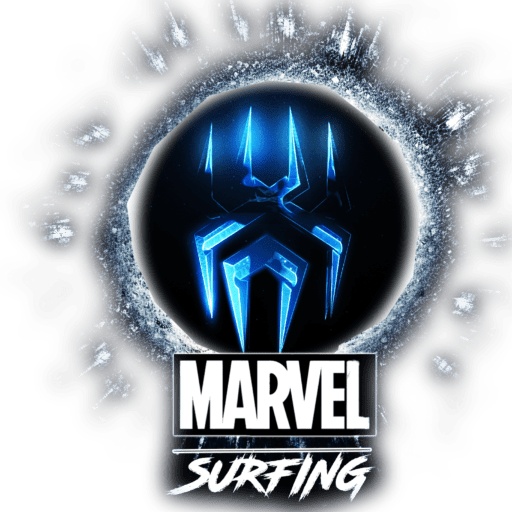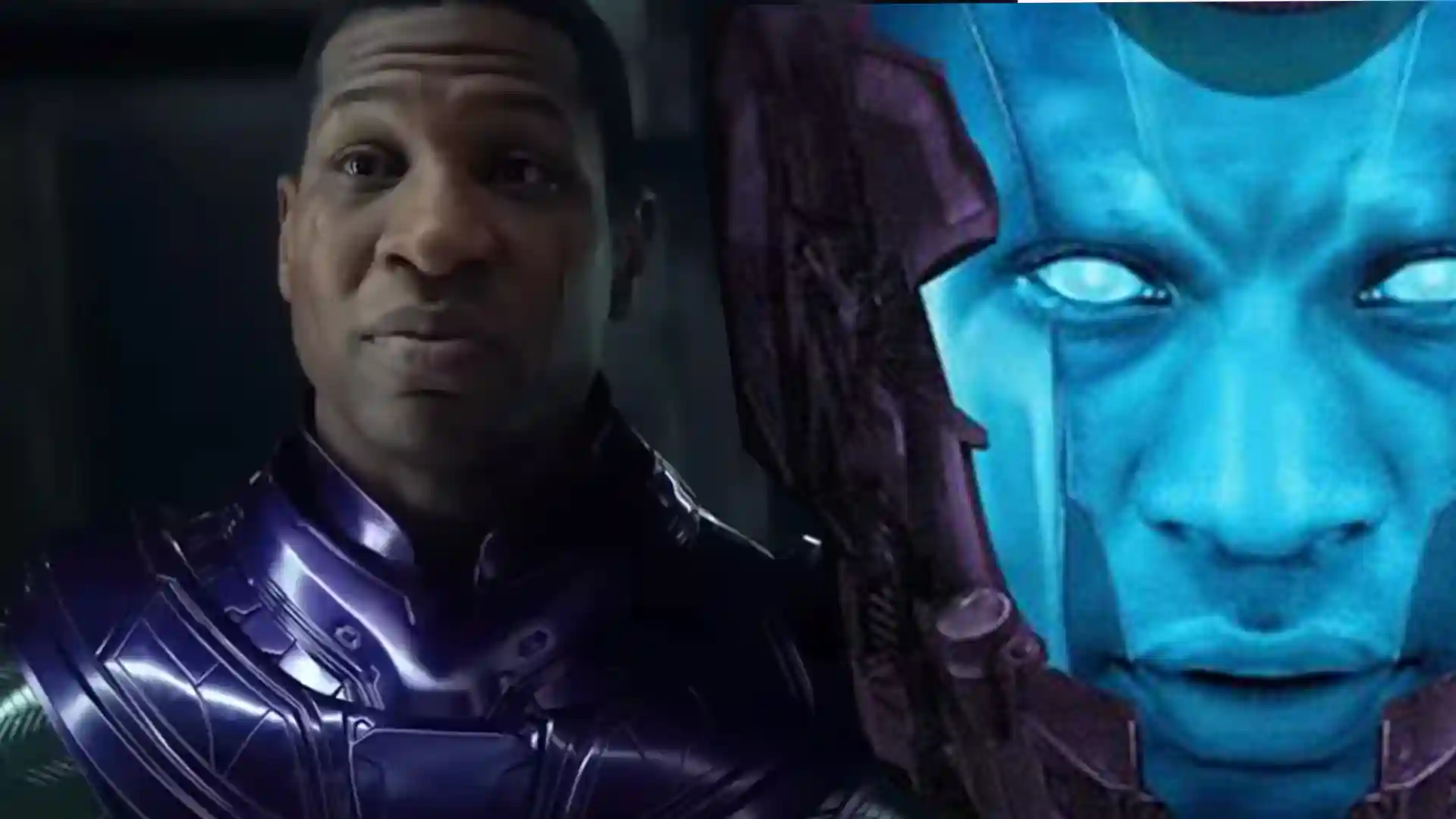The Marvel Cinematic Universe has an abundance of adversaries, ranging from threatening (Dormammu) to enticing (Hela) to dull (Malekith) to downright cringeworthy (Whiplash). Marvel’s Big Bads need to grow in size and power with each new phase, but how can they be made more terrifying halfway through the story?
You bring in Kang, a supervillain who is actually several different people. The number of possible Kang varieties is nearly infinite, like Jonathan Majors’ muscles; when one dies, plenty of others will rise up to do what Thanos couldn’t and permanently vanquish Earth’s Mightiest Heroes.
Funny then that in Ant-Man and the Wasp: Quantumania, Marvel’s biggest Big Bad to date makes his debut in the little, tiny Quantum Realm. Is it possible that Kang the Conqueror was introduced to us in Loki instead? At the very least, someone who resembled him greatly.
Now, remember how in Ant-Man and the Wasp we got a sneak peek at a city in the Quantum Realm? Is it possible that Kang has been in plain sight the whole time?
The background of Kang is complicated, much like in the comics, so buckle up as we explain why he is the villain everyone should fear in advance of Avengers: The Kang Dynasty.
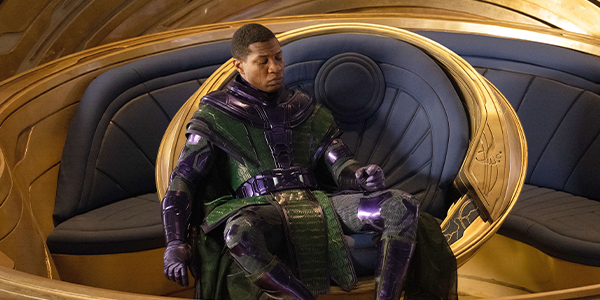
WHO’S HE? KANG’S LOKI ROLE EXPLAINED
The first season of Loki did a lot of messing with with time, so it was only right that the self-proclaimed Master of Time would turn up towards the end.
Contrary to popular belief, he wasn’t the same Kang who repeatedly stalled the Avengers and Fantastic Four in the comics. He Who Remains was an offbeat variety of Kang, so called because he was the last person still living in the Citadel when the world ended.
The guy has gone a little crazy waiting for everything that he knows is going to happen, just like we have after reading this sentence back. He Who Remains, however, was perceptive enough to convey his history to Loki and Sylvie in a contrived but fascinating scenario full of fruit and mystery.
At one point, Kang was a scientist in the 31st century who figured out how to travel through time and space. As he continued his journey around the multiverse, he ran into copies of himself.
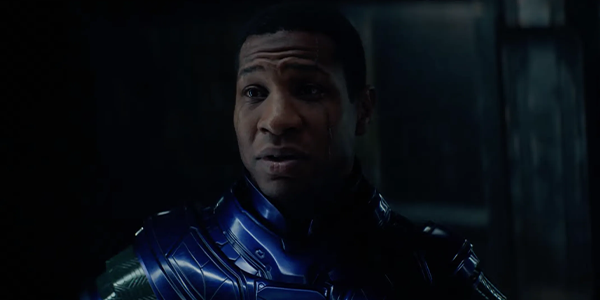
Assuming that meeting alternate Jonathan Majors would be nothing but beneficial, you would be correct. But, certain Kangs became expansionist, sparking the Multiverse War.
The battle was won by He Who Remains, who was the last one remaining after weaponizing Alioth, the smoke monster thing in Loki. So, duh, he was. After the conflict, this version instituted the Time Variation Authority (TVA) to eliminate unnecessary timelines and stop the reemergence of the multiverse, declaring, “Without the TVA, everything burns.”
He Who Remains continued by saying that they have now reached a point in the timeline where even he has no idea what will occur. Kang, completely insane and ready to be rid of this whole mess, gave Sylvie and Loki a choice: either take over as masters of the Holy Timeline or kill He Who Remains.
Fans of Jonathan Majors would rejoice at the prospect of an endless number of Kangs returning if this were to happen, but residents of the Marvel Universe might be hesitant to see yet another multiverse-wide massacre.
This is why Loki, the God of Mischief, attempted to seize power: to stop all the bloodshed. Since Sylvie is Sylvie, though, she opted to eliminate He Who Remains in order to protect individual agency in a reborn multiverse unencumbered by the TVA.
Loki returned to TVA headquarters at the season finale, but it wasn’t the same organisation he’d worked for before. Several alternate realities, or timelines, branched off from the original Sacred Timeline, and Loki found himself in one where Kang was even more dangerous than usual.
Theoretically, at least. The statue’s fascist overtones were reinforced by the final line said by He Who Remains, which will reverberate throughout the MCU in Phase Five and beyond: “If you think I’m awful, just wait till you meet my versions…”
Visit wikipedia.com for further information .
IN ANT-MAN 3, WHO’S KANG?
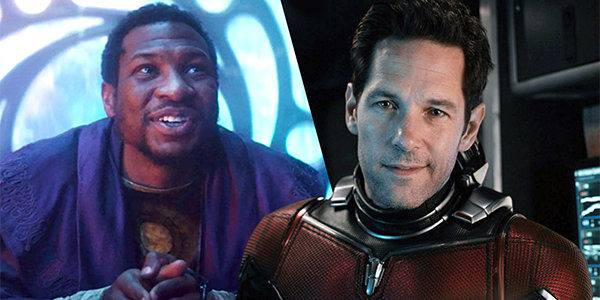
Since Jonathan Majors’ character in Ant-Man 3 is not the He Who Remains, I have to wonder who he will portray. Of course, it’s one of those obnoxious evil Kang versions, and this particular one isn’t going to sit back and eat apples while the world burns.
After being banished from all timelines and dimensions, this iteration of Kang found himself stuck in the Quantum Realm. In order to prevent him from escaping, they destroyed his ship.
Sadly for them, Kang repaired his ship with the aid of Janet he encountered in the Quantum Realm. Touching it, she realised the terrible this Kang had done (since the spacecraft is linked to Kang’s mind, of course), so she used Pym Particles to blow the core of his ship up and render it useless.
Nevertheless, over the course of decades, Kang established his dominance over the Quantum Realm, and when Scott unexpectedly returned, Kang knew he had found the person he needed to restore his original size and leave.
Pym Particles are a rare class of subatomic particles that can change one’s size and mass, and have appeared in roughly 800 of Marvel’s films over the past decade.
After threatening Cassie’s life to get Scott to assist him escape the Quantum Realm, Kang appears to be ready to make his escape. However, Scott manages to mount a counterattack just in time, and Kang’s core is blown up once more, this time sucking him inside.
Obviously, Kang has passed away. There’s a sequence with the Council of Kangs during the middle credits that proves he’s not the only Kang. And if the Kang from Quantum Mania is right, these Kangs could mean the end of the universe.
Before the release of Ant-Man 3, Jonathan Majors told Digital Spy and other outlets that the film’s antagonist is another Nexus creature like Wanda Maximoff/Scarlet Witch.
“Who is Kang?
Kang is a time-traveling supervillain who is also a Nexus being, which leads to the concept of variations, I believe is the short answer to your question. It’s important to note that Kang comes in a few different flavours. “Versions” refers to different iterations.
They live in various dimensions and have distinct goals,” Majors added. Everyone of them is a unique being. There is a common thread connecting them, and it is something we’re continuously working on (and I’m still working on) and trying to perfect. And that, in a nutshell, is what the Kang gene is all about.
The Avengers would have had little chance against Kang and his time travel skills long ago. When combined with his Nexus potential—a gift that allows one to influence reality itself—he becomes a villain that makes Thanos appear like Ant-Man.
Perhaps Doctor Strange should have made more of an effort to save Wanda from the impending chaos in Multiverse of Madness.
KANG’S COMIC BOOK HISTORY MAKES HIM THE PERFECT MCU VILLAIN
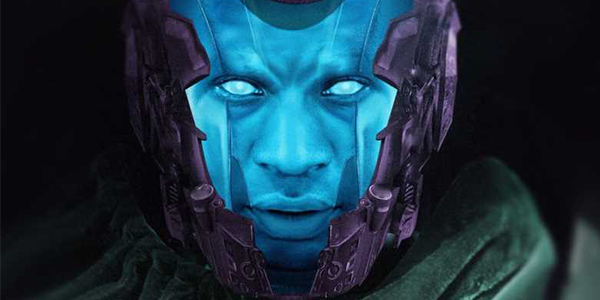
Kang, a character created by Stan Lee and Jack Kirby, made his debut in The Avengers 8 (June 1964), but his history extends back thousands of years. Yes, it’s every bit as perplexing as it sounds.
Nathaniel Richards, a man born in the 30th century who grew tired of utopia, resolved to become the next king of Ancient Egypt under the name Rama-Tut. Reed Richards’ Fantastic Four and the Avengers kicked Kang in the snout numerous times.
Kang, though, did not go down without a fight. The Conqueror is one of the most dangerous people in the Marvel Universe, and he doesn’t even have any special abilities of his own. And that’s not even mentioning the greatest gift of all: his personality.
Because of his interference with the past, Kang has effectively gained eternal life. One of these could die out, but somewhere else in the world, a Nathaniel Richards is waiting in the wings, ready to reappear like a human Whac-A-Mole.
From his first appearance in a comic book, Kang has gone by numerous ostentatious monikers, the most recent being Rama-Tut. You may have noticed some of the names he’s used in the mid-credit scene, such Immortus, the Scarlet Centurion, and Mister Gryphon.
Marvel Cinematic Universe aficionados, however, should pay special attention to Iron Lad. Although we were led to believe that Tony Stark’s lineage would continue in the first Young Avengers series, we were instead introduced to an adolescent Nathaniel Richards from an alternate era.
This miniature Kang hated the man he would become, so he formed a new superhero team with the likes of Patriot, Wiccan, Kate Bishop, and the recently-debuted Stature (in Ant-Man 3).
It’s probably safe to assume that Kang’s love future with Ravonna Renslayer is as inevitable as the Young Avengers’ on-screen debut in the MCU. It’s no surprise that Gugu Mbatha-ex-TVA Raw’s agent will become entangled with Kang’s adventure in Phase Five, given that Kang fell in love with a princess with the same name in the comics.
With the revelation that Kang is also a Nexus Being, it’s possible the same is true with the Scarlet Witch.
A Kang version dubbed Immortus used Wanda’s talents to manipulate her grief over the death of her family in Avengers West Coast #48 (1989). So, you’ve heard this before, right? With Wanda’s death in Doctor Strange 2, Kang wouldn’t have to look very hard to find a Wanda copy to call his own.
For more Latest Updates Visit marvelsurfing.com
